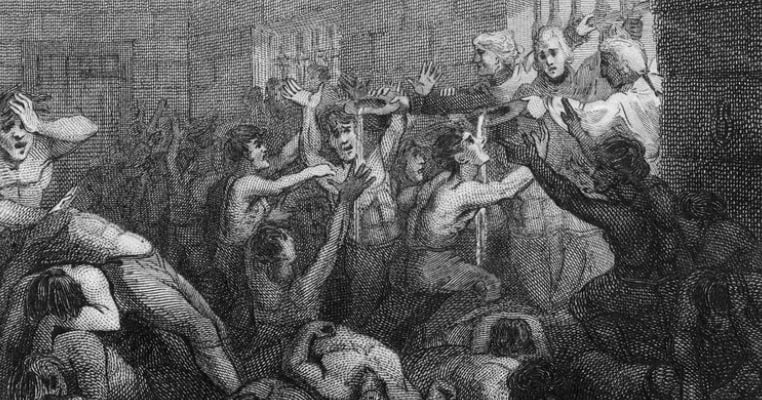
10. New York City had its own Newgate Prison
In the late 1790s, the section of New York City today known as Greenwich Village was just that, a rural village separate from the city, for the most part peaceful and serene. In 1797 the site was selected for the construction of New York’s first official penitentiary, built along the Hudson in the area of the modern city’s West 10th Street. It was named Newgate Prison, though unlike its famous London namesake it was not situated near a gate in a wall, and the name was likely selected because it was already tied to penal institutions in the public mind. It was designed to hold about 430 inmates in relative comfort for the time, and it was intended to both punish and rehabilitate the prisoners it held.
Within two decades the prison held more than twice the number of inmates than that for which it was intended, and the overcrowding led to the authorities releasing inmates early to make room for more. It was unable to provide much in the way of rehabilitation, rioting and violence among the inmates meant that the guards were too busy protecting the imprisoned from one another. The inmates were for the most part from the city to the south, and the phrase “sent up the river” first applied to the inmates sent there by New York’s courts. In 1824 conditions at Newgate were so vile that the state authorized the construction of a new prison further upriver, at Ossining, which opened in 1826 as Sing Sing, a site where New York has maintained a prison system ever since.

